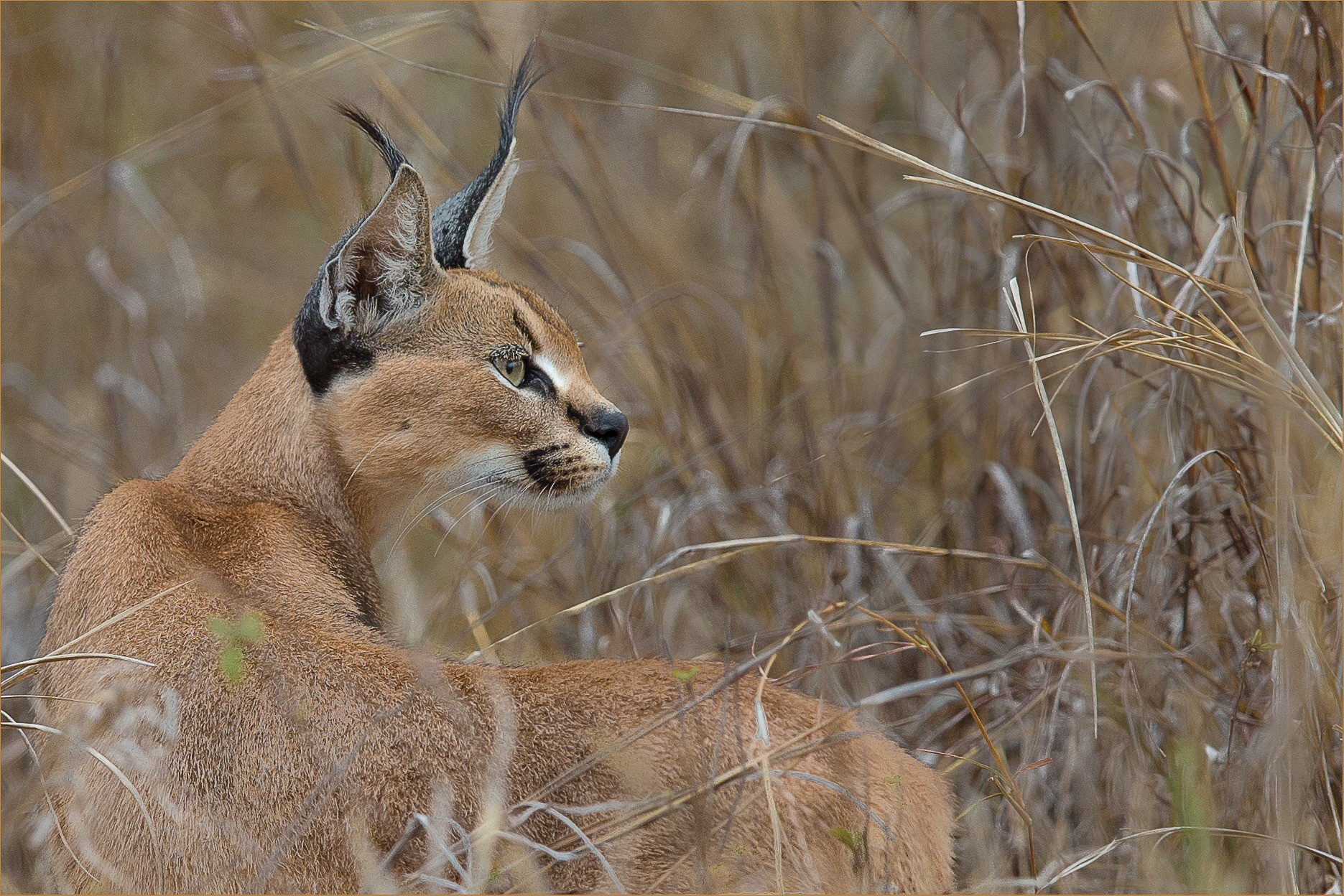| Killing / Catch pattern
|
| Feeding pattern
|
Tracking and prevention
1. Identifying the culprit
Both the black-backed jackal and the caracal display distinctive capture and feeding patterns from which they do not deviate. These patterns help us to identify the culprits and we only have to inspect the area from the base of the neck (chest) to the head of the prey to do this. Jackals catch their prey on the side of the head whereas caracals target the windpipe under the jaws. Jackals like to remove the guts of the prey and then feed on the heart, liver, lungs and kidneys and also display distinctive feeding patterns with the bones, especially the ribs of the prey. Caracal other the other hand will not take out the guts of their prey but will start feeding on the hind legs.
To confirm the identity of the culprit the carcass can be skinned to inspect the bruises and blood spots under the skin. The caracal uses its claws to capture and hold its prey in the process of throttling it and will leave distinctive markings on the underside. If there were still doubt about the identity of the culprit the next step would be to inspect the area around the carcass for tracks of the predator.
Inspecting the predator’s tracks will assist in distinguishing between the two species. The jackal’s tracks usually show an imprint of its nails in its tracks whereas a caracal’s tracks show no claw imprints. Jackal tracks are slightly longer than that of the caracal. Jackal tracks are elongated whereas caracal tracks are more rounded. The jackal track shows a pear-shaped form imprinted by the front paw’s large back pad whereas the caracal’s track shows three distinctive crescents (lobes) at the back of the large pad.
2. Non-lethal control measures
Non-lethal control measures usually consist of scaring off the predators, away from the livestock or the immediate vicinity. It is very important to remember that these methods have no permanent impact on the predators, the effect is only temporary. If these measures are used it must be remembered that they should regularly be alternated. The reason is that predators are extremely intelligent and quickly build up resistance against the specific measures if repeated permanently.
Firstly we can consider the boundary fences, in which case jackal-proof fencing wire and electrified fences should be weighed up. Secondly, we should evaluate deterrents and preventative measures that can physically be attached to the livestock. We consider the various collars around the necks of cattle to prevent the animal from getting caught around the neck, repelling odours or lights that can be fitted to the animals. Thirdly, electronic equipment such as collars fitted around the necks of the livestock to warn the farmer on his phone when his animals are being chased around. This can also be done via a satellite system. Other deterrents to consider are sounds and smells that are released by nature to scare off the predator. Finally, specific animals can be used to perform the role of shepherd, such as donkeys, alpacas, llamas and various shepherd dogs.
3. Lethal control measures.
This involves the physical capture and elimination of predators, using methods such as trained packs of hunting dogs, equipment such as spring- and cage traps, using professional night hunters who use the call and shoot method and, finally, helicopters to eliminate predators from the air.
When adopting these lethal management methods it is very important for livestock owners to ensure that they only use trained professionals. If trained professionals are not used, it is essential that the farmer and his staff beforehand acquire the skills necessary to physically capture the predators with spring- and cage traps before any of those methods and apparatus are being used.




